
Dräger lifesupport system in Auguste Piccard balloon 1931
German contribution by Dräger to the Piccard 1931 balloon flight
The exploration of the upper regions of Earth’s atmosphere commenced in the early 20th century. This particular area exhibits significantly lower air pressure and oxygen levels, necessitating the use of specialized capsules. On May 27th, 1931, Auguste Piccard and Paul Kipfer undertook the first journey to the stratosphere. They ascended to an altitude of 15,780 meters in an airtight aluminium capsule, which was affixed to a hydrogen balloon known as the FRNS. After a total duration of 17 hours, they safely landed. Despite the protective outer layer of the capsule, temperatures inside the compact 2-meter-wide cabin ranged from -2 to 40 degrees Celsius. The capsule was designed with one side facing the sun, painted white, and the other side painted black. However, during the initial flight, a motor malfunction prevented the temperature control mechanism from functioning properly.
The life support system of the FRNS supplied oxygen AND eliminated carbon dioxide. The removal of carbon dioxide was particularly crucial for the capsule’s operation, as concentrations exceeding 8% could prove fatal. To achieve this, a Dräger breathing apparatus, originally developed for diving in underwater environments, was utilized.
Piccard, drawing from his experiences in atmospheric exploration, later adapted the design of the balloon cabin for underwater exploration. This modified version, called the bathyscaphe, was invented in 1937.
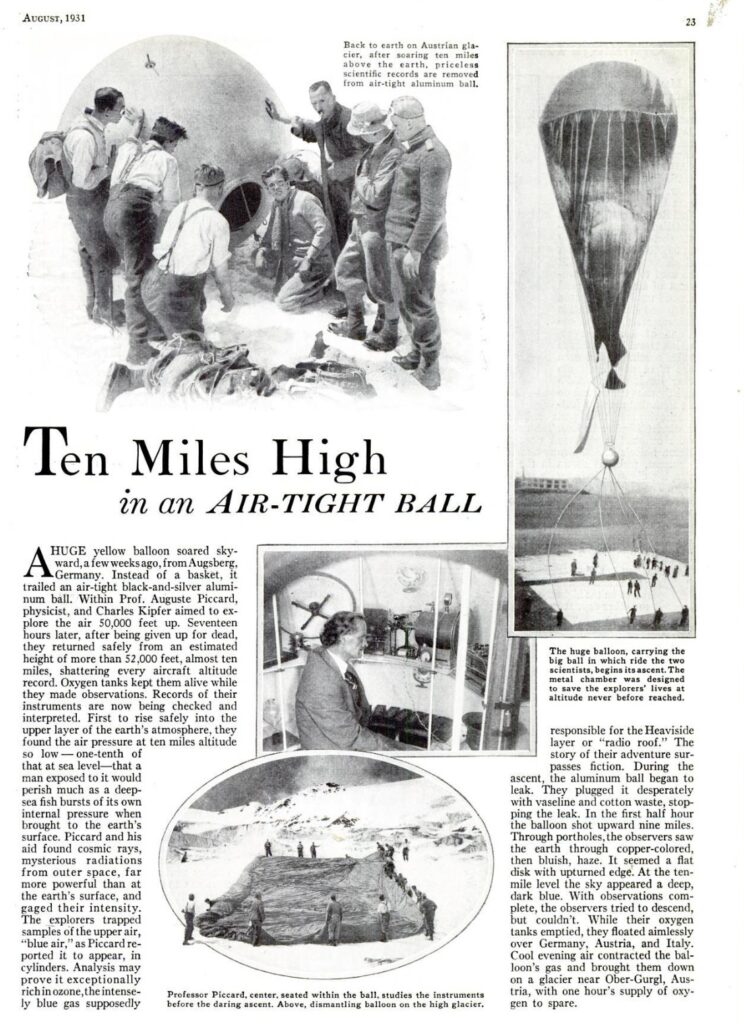
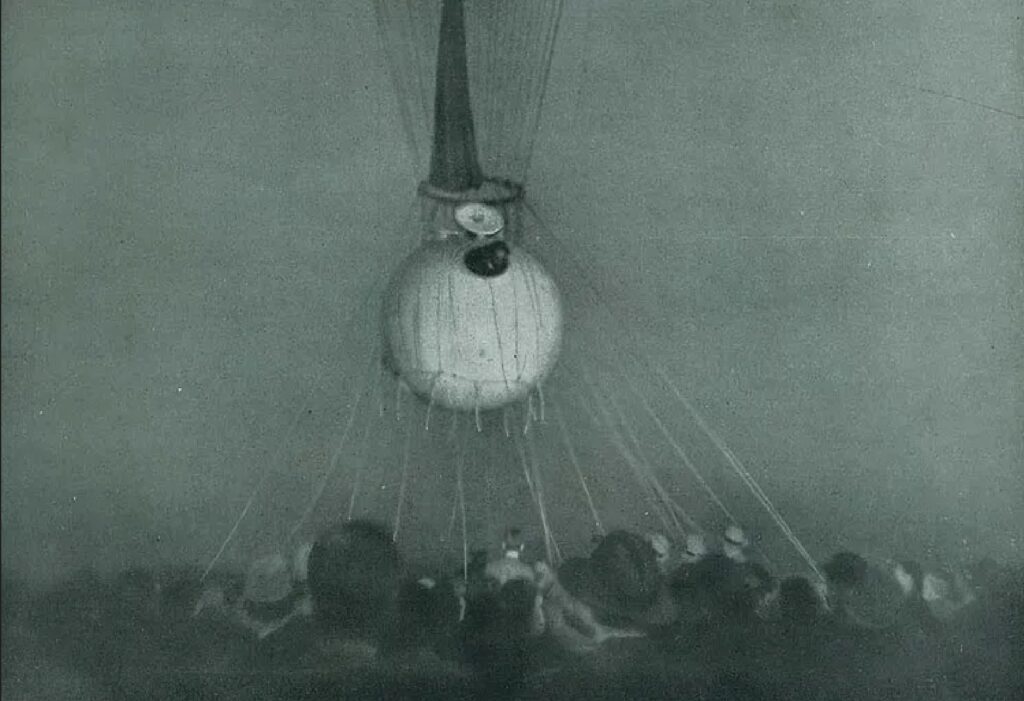
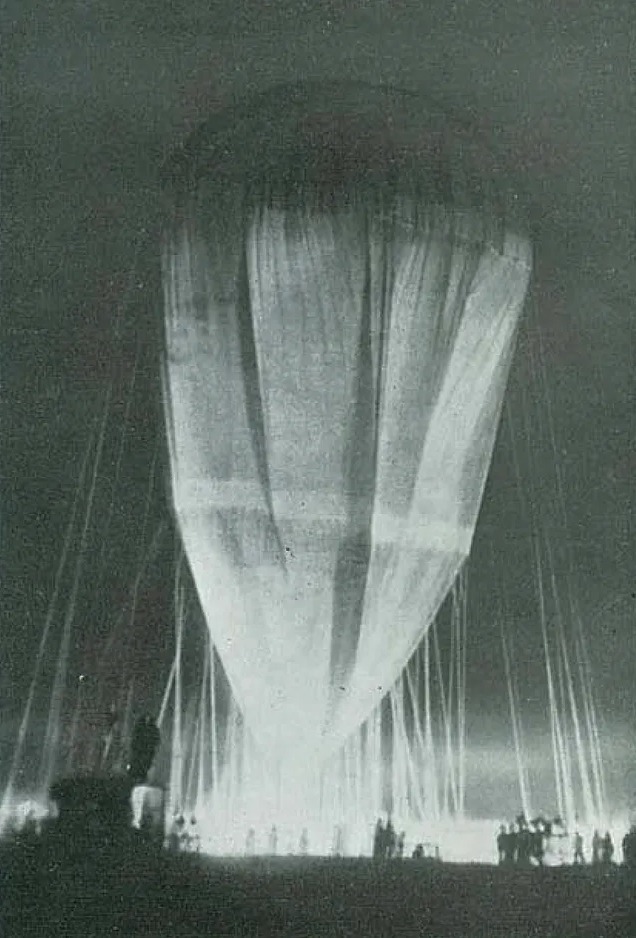
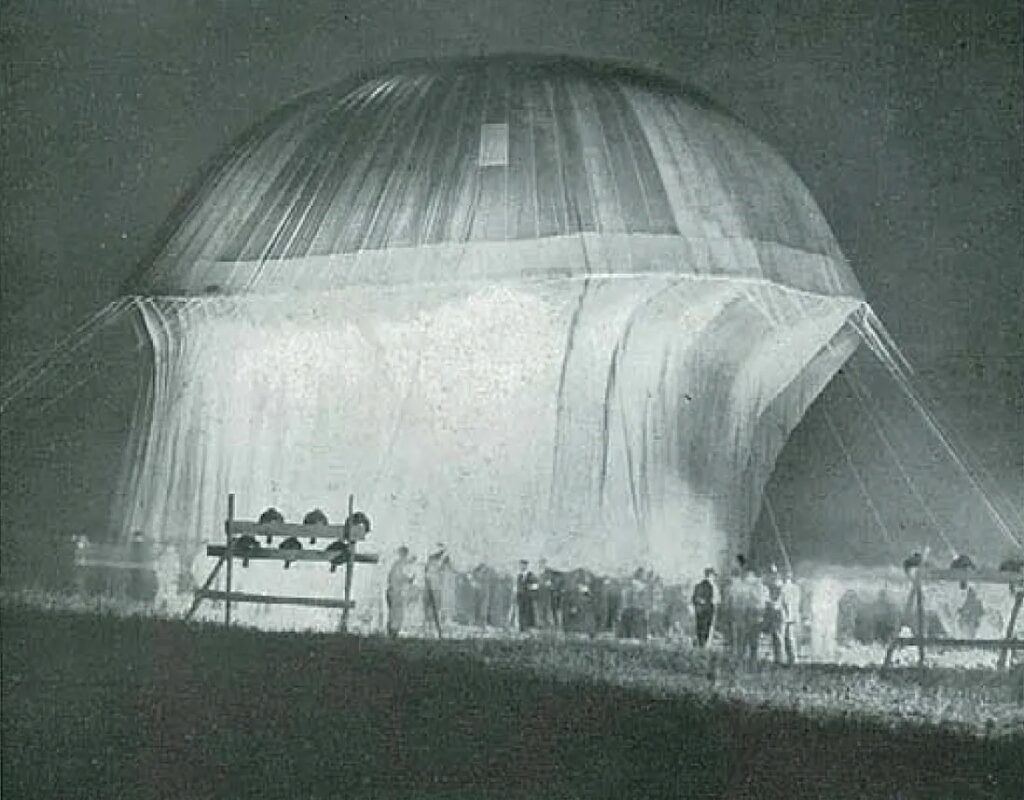
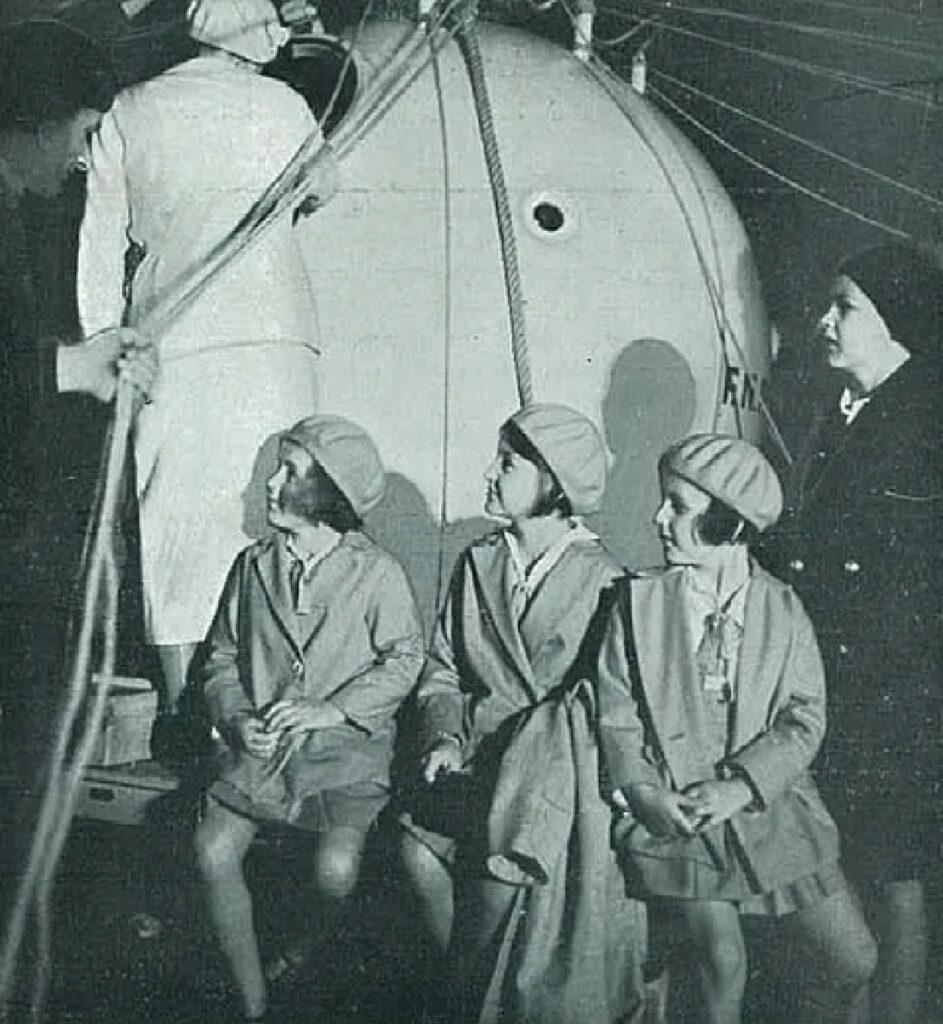
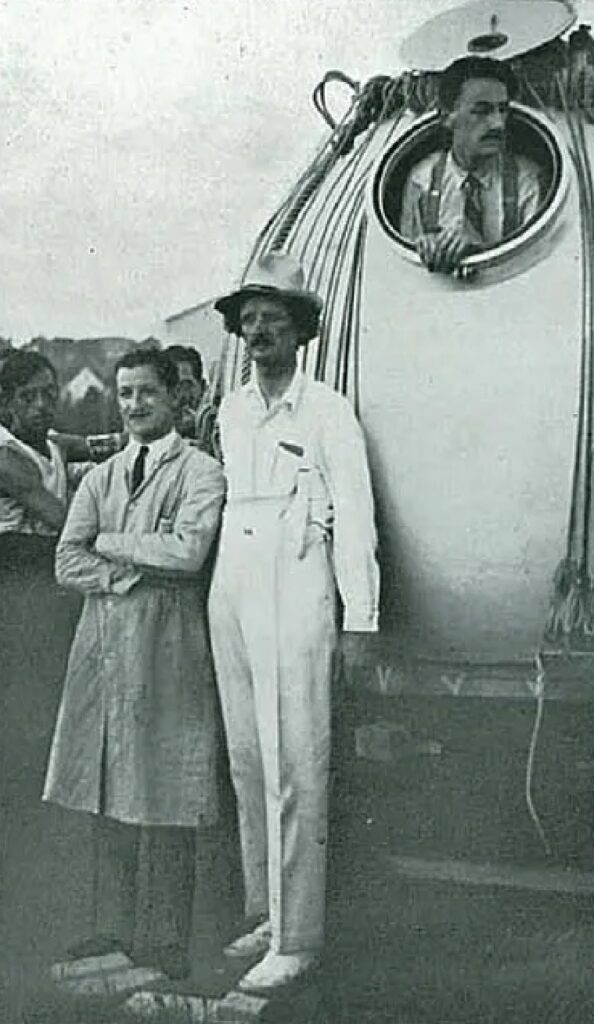

Therebreathersite was founded by Jan Willem Bech in 1999. After a diving career of many years, he decided to start technical diving in 1999. He immediately noticed that at that time there was almost no website that contained the history of closed breathing systems. The start for the website led to a huge collection that offered about 1,300 pages of information until 2019. In 2019, a fresh start was made with the website now freely available online for everyone. Therebreathersite is a source of information for divers, researchers, technicians and students. I hope you enjoy browsing the content!
